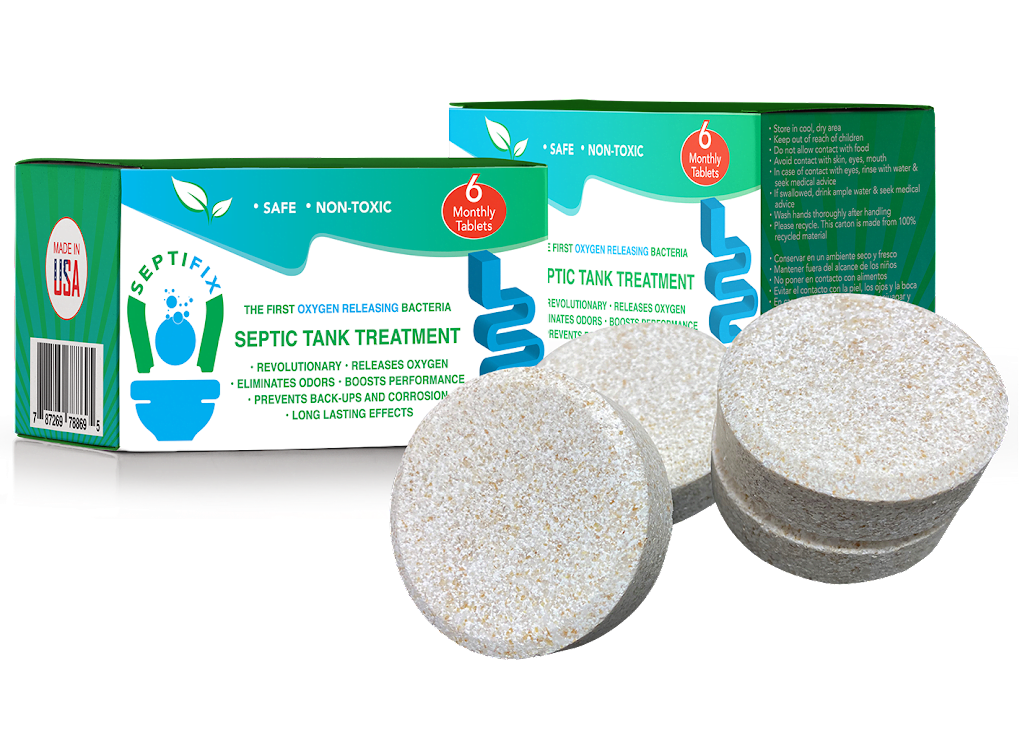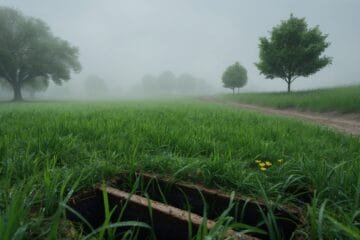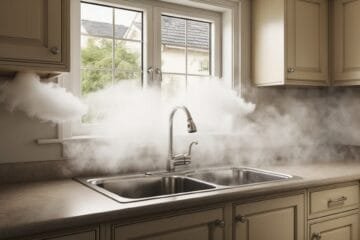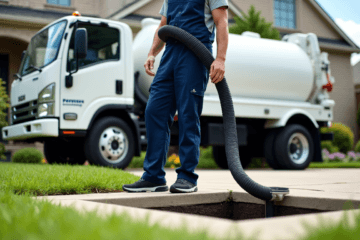The septic system is akin to an iceberg: what you see on the surface is just a fraction of the entire structure. While tanks, pipes, and drain fields lay hidden beneath the ground, the lids or covers act as a visible and essential barrier. Inadequate or improperly fitted lids not only pose a risk to the septic system but can also become safety hazards for both humans and animals.
Causes:
- Normal Wear and Tear: Over time, septic covers, especially those made from less durable materials, can corrode, crack, or become brittle, compromising their effectiveness.
- Physical Damage: Accidental impacts, such as being hit by lawn mowers or heavy objects, can damage these covers.
- Improper Installation: A lid that’s not appropriately fitted, either due to size mismatches or poor installation techniques, won’t offer adequate protection.
- Natural Elements: Extended exposure to sunlight, freezing temperatures, or heavy rainfall can degrade certain cover materials faster than expected.
Prevention:
- Routine Checks: Incorporate a quick visual inspection of the septic cover into your regular property maintenance schedule. Look for signs of damage, wear, or misalignment.
- Choose Durable Materials: If replacing or upgrading the septic cover, opt for materials known for their longevity and resistance to environmental factors. Materials like heavy-duty plastic or reinforced concrete are popular choices.
- Professional Installation: Always ensure that covers are installed by professionals familiar with septic systems. They’ll not only ensure a snug fit but also verify that there’s appropriate ventilation and access for maintenance.
- Awareness and Education: Educate family members, especially children, about the importance of the septic cover. This awareness can prevent accidental damage and ensure that any observed issues are reported promptly.
- Secure It: If you live in areas prone to wildlife or have curious pets, consider securing the septic cover with added weights or lock mechanisms. This not only protects the system but also prevents animals from inadvertently accessing the tank.
- Landscaping Considerations: If you’re landscaping around the septic area, ensure that the design allows easy access to the cover and doesn’t inadvertently bury or obscure it. Over time, accumulating soil or overgrown vegetation can make accessing the cover difficult.
In conclusion, while it might seem like a minor component, an adequately maintained septic cover plays a pivotal role in the system’s overall health and functionality. By ensuring its integrity and addressing potential issues proactively, homeowners can bolster the longevity and efficiency of their septic systems. The cover acts as a shield, a marker, and an access point, making its upkeep and protection paramount.

SEPTIFIX will save you hundreds, if not thousands of dollars each year, because your septic system will run smoothly and you won’t have to worry about calling the pumpers or a plumber for a fix!
Click here to save up to 50%


